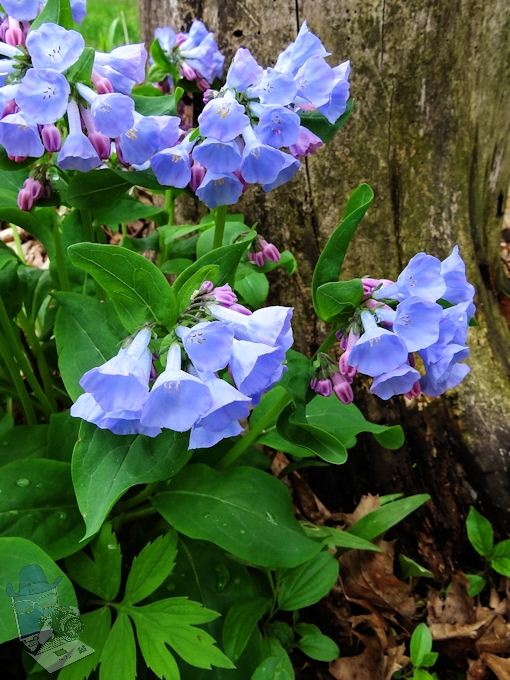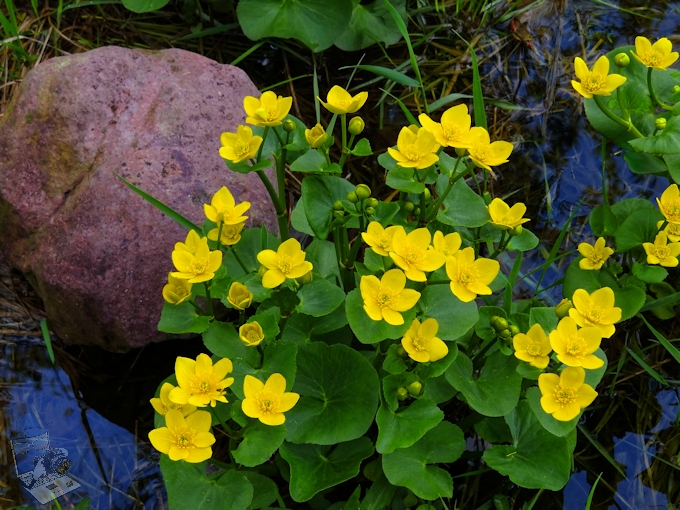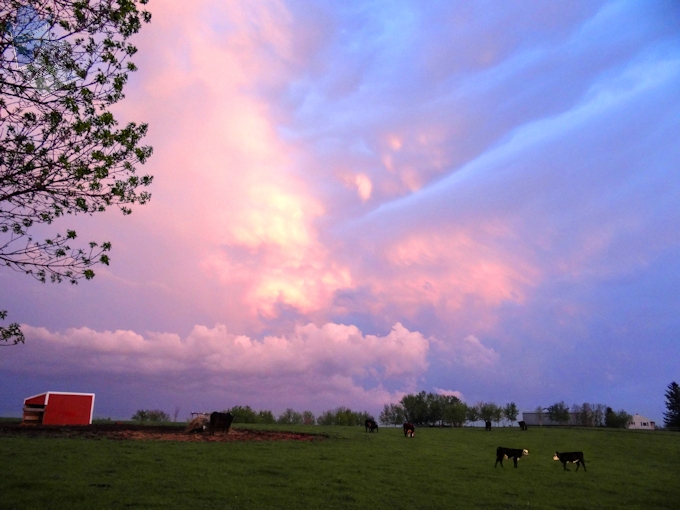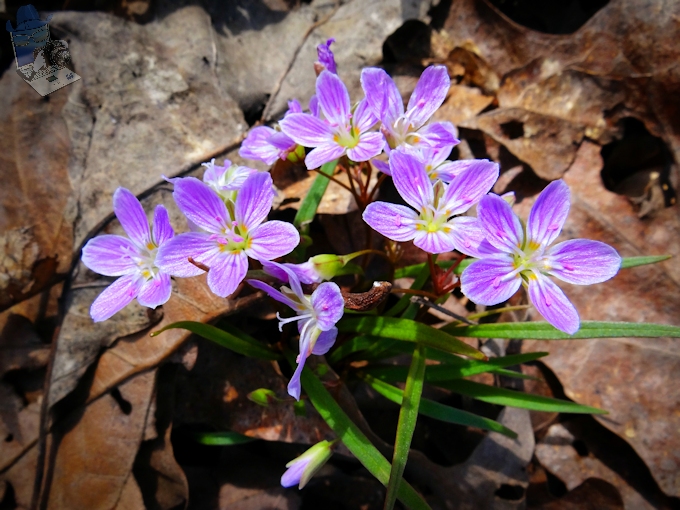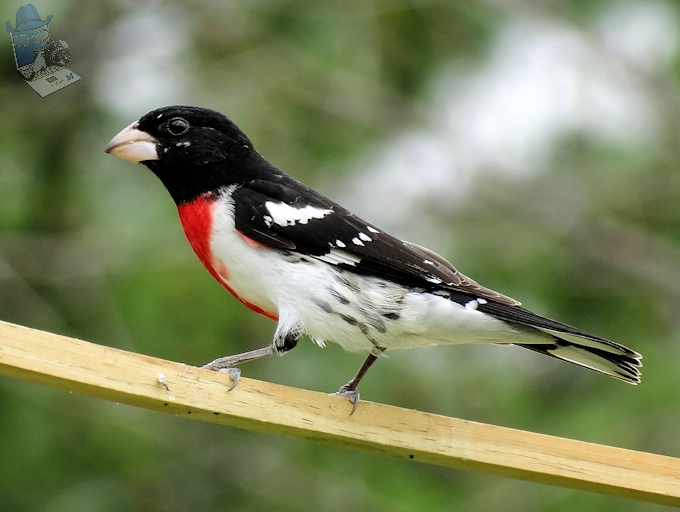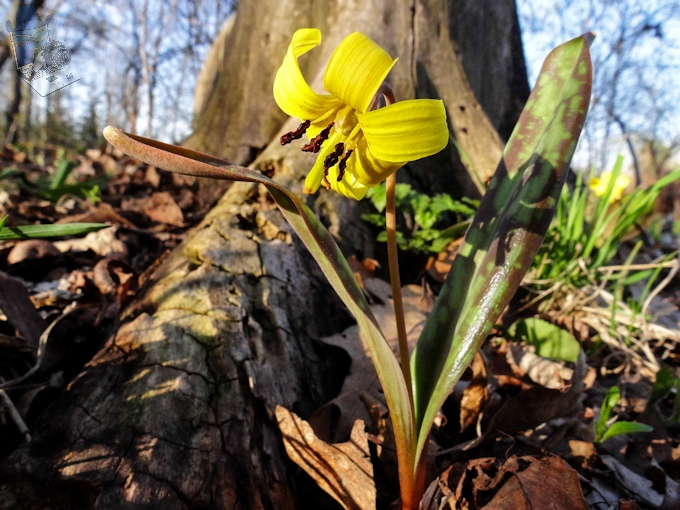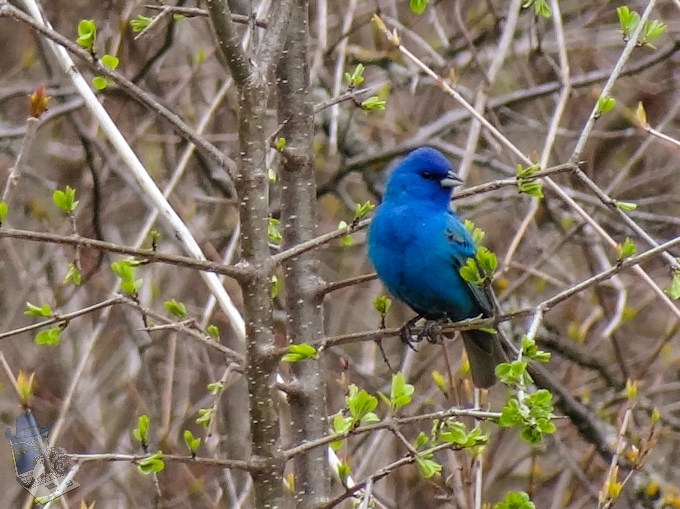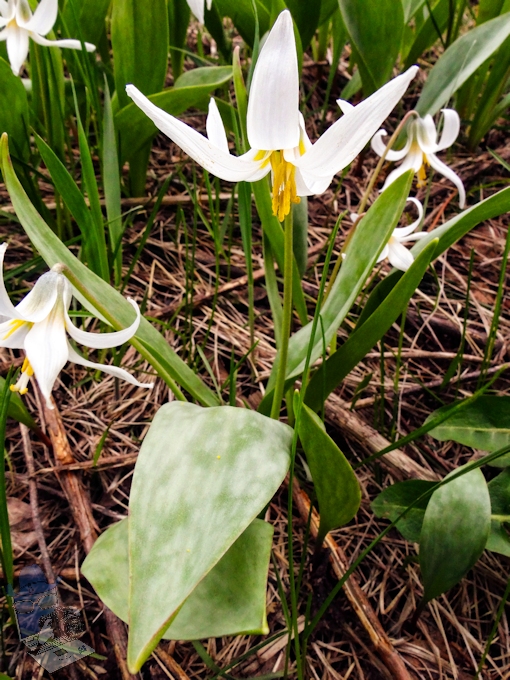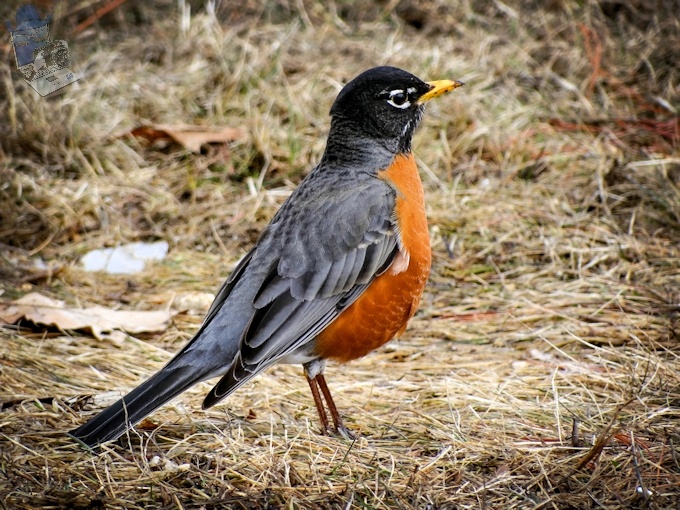The Virginia Bluebell is a hardy, North American early spring-flowering perennial with delicate, terminal clusters of light pink buds, which open to flared, long-tubular, sky-blue to purple flowers. Also known as Virginia Cowslip, Mountain Cowslip, and Roanoke Bells.
On April 16, 1766, in one of his earliest observations in his Garden Book, Thomas Jefferson noted, “the bluish colored, funnel-formed flower in the low grounds in bloom.” It was introduced to Britain by 1700 and Williamsburg’s John Custis sent roots to his patron Peter Collinson in the 1730s. According to Philip Miller’s 1754 edition of Gardener’s Dictionary, the seeds came earlier from a Reverend John Banister in the 1600s, but the plants died out.
Colorful Virginia Bluebells


